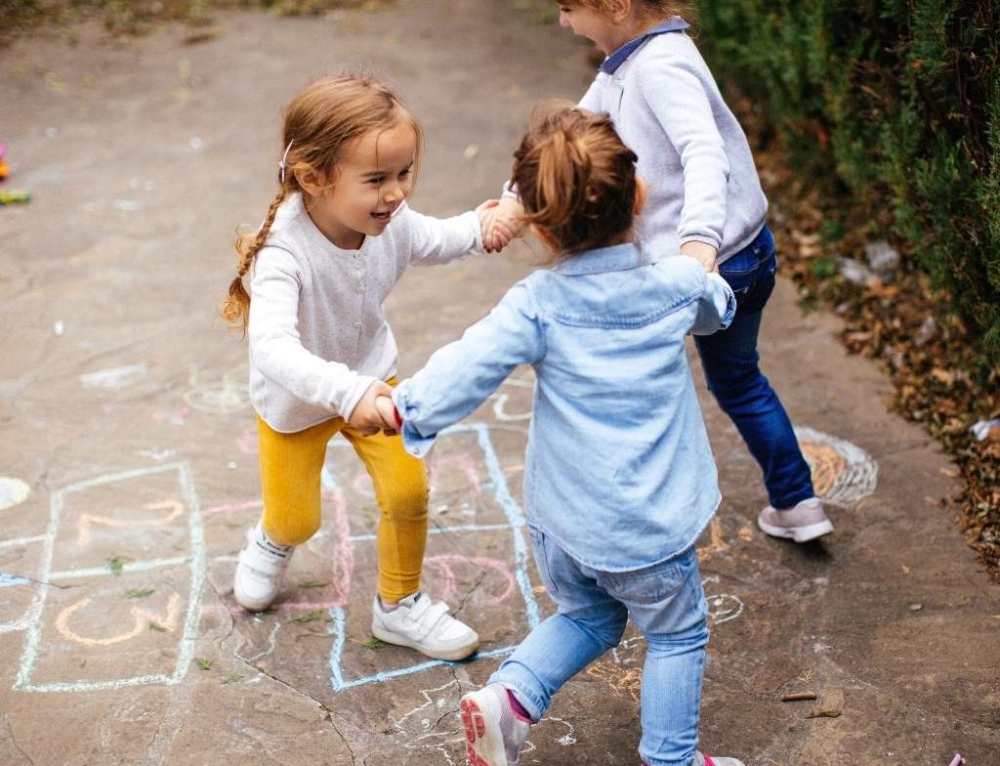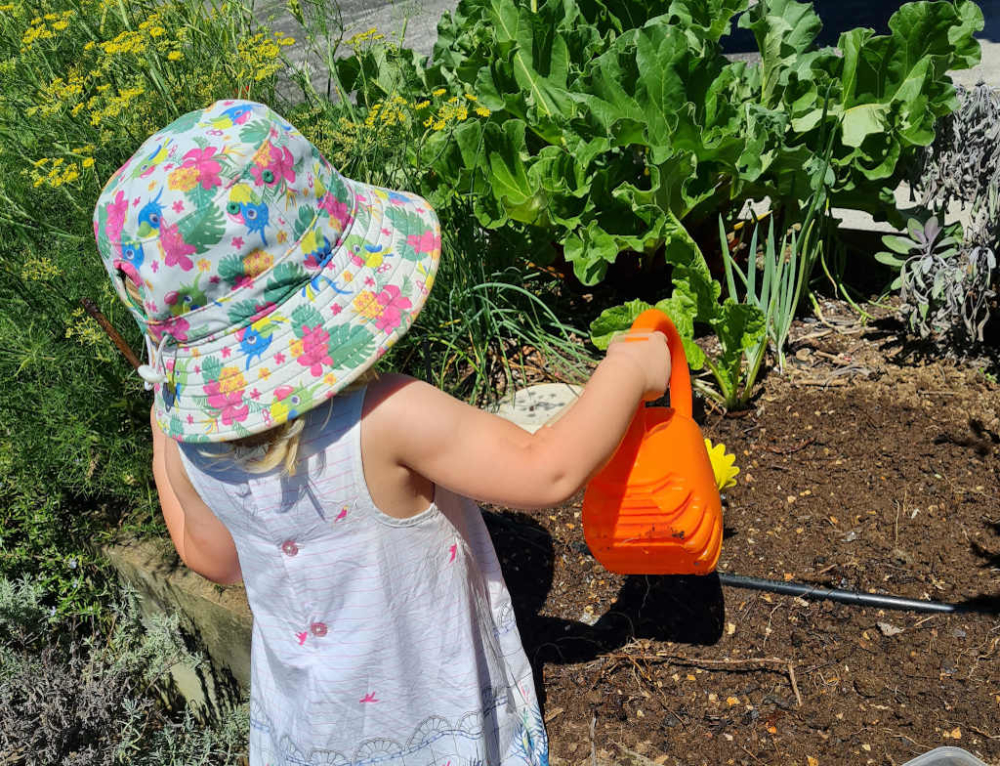Night-time toilet training
There are a few children who throw away the nappies completely when they begin toilet training, but for most they will continue to wear nappies at night for at least a year after they have moved to underpants during the day. Some children still wet the bed at six or seven, even older.
When you’re ready to try experimenting at night, make sure you’ve got a decent waterproof mattress protector on the bed. Look for one of the new lightweight, breathable protectors rather than the old PVC variety which are sweaty and crinkly to sleep on. You might also find an absorbent bed liner useful for reducing the washing mountain. The liner sits on top of the bottom sheet, protecting the rest of the bedding as well as soaking up any accidents.
If you’re one of the lucky few who has a child who is waking each morning with a dry nappy, try a couple of nights without putting a nappy on him and see what happens. For the rest of us, we’ll need to wait another year or two until our child begins to have the odd dry nappy overnight.
Setbacks
Some parents find that after months of successful toileting and at the exact moment they are congratulating themselves on a job well done, their child begins to have the occasional accident.
This is often because as you relax your focus on toilet-training, so too does your child. Without the constant reminders to monitor his bladder and bowels, he will get distracted by much more interesting things and suddenly realise that he has to go to the toilet NOW, when it’s all too late.
Try not to be too concerned about this – all your hard work is not being undone! With a few gentle reminders, you child will be back on the right path and ultimately he has to learn to listen to his own body – even when he’s deeply involved in an exciting game – instead of relying on you to monitor his body.
Avoiding accidents:
- If your child tells you he has to go to the toilet, act quickly! In the beginning, he won’t be able to hold on for long.
- If he’s busy in play, you may need to physically remove him from the game before you can get his attention and ask him if he needs to go to the toilet.
- If your child doesn’t seem bothered about having wet pants, try regularly taking him to the toilet rather than asking him if he needs to go – he may just say no regardless of how full his bladder is.
- Ask him to go to the toilet before you leave the house. If you make a point of going to the toilet yourself before a trip, he’ll see that it’s just part of a routine.
- When you are away from the house, make sure you know where the closest toilet is at all times (even if it is just a big tree in the park). You don’t want to get stuck trying to find a toilet when your child has 30 seconds before he’ll wet his pants.
- Remember that every child will have accidents and they are really just part of the whole toilet-training experience. While they can be momentarily embarrassing when you’re in public, as long as you’re prepared with a change of clothes, there’s no damage done and they can be dealt with quickly and without fuss.
This article was written by Ella Walsh for Kidspot. Sources include SA Government’s Parenting and Child Health, Raising Children Network







Leave A Comment
You must be logged in to post a comment.